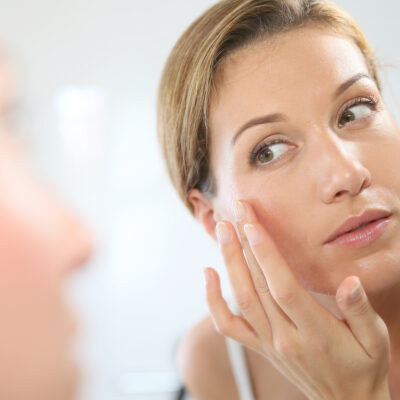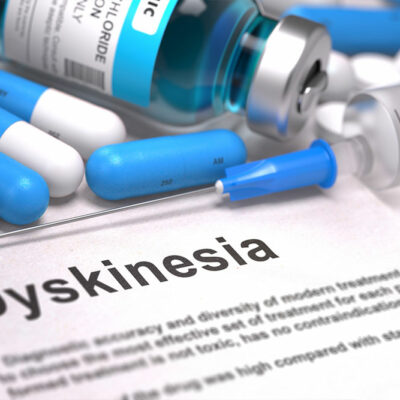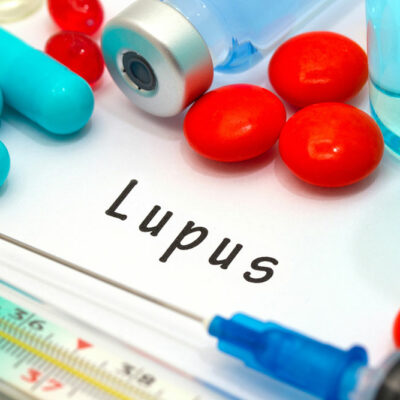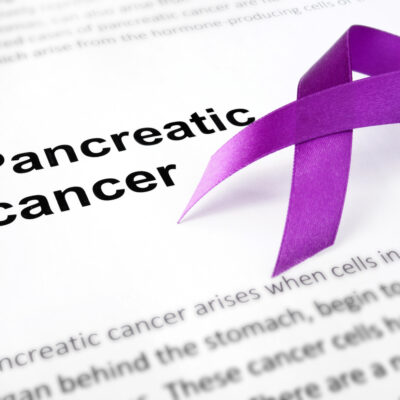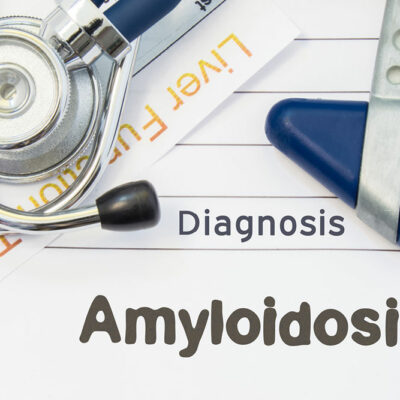
Health
Methods of Treatments for Low Libido
Low libido refers to a decrease in a person’s sex drive. Treatment methods depend on the causes of low libido in men and women. For instance, if certain medications are responsible for causing a low sex drive, doctors might provide an alternative or change the doses of medicines. On the other hand, if hormonal imbalance affects sex drive in people, then the physician might prescribe a therapy accordingly. The methods that can be used by both men and women to improve their libido are as follows: 1. Managing stress Stress can affect the sexual desire level in people. Therefore, doctors generally suggest various stress management therapies to improve their state, so that they can enjoy sexual intimacy with their partners. Spending significant time to enjoy any hobby or activity that interests them can release a lot of stress. By bringing some positive changes in lifestyle, one can live a stress-free life. 2. Regular exercise Obesity, diabetes, body image concerns, and many other health conditions are some of the common causes of low libido. Regular exercise can improve health, self-confidence, and sexual desire. 3. Well-rested sleep Getting proper well-rested sleep not only has positive effects on the mood, energy levels, and health condition of a person but it also improves libido as shown in a study.
Read More 